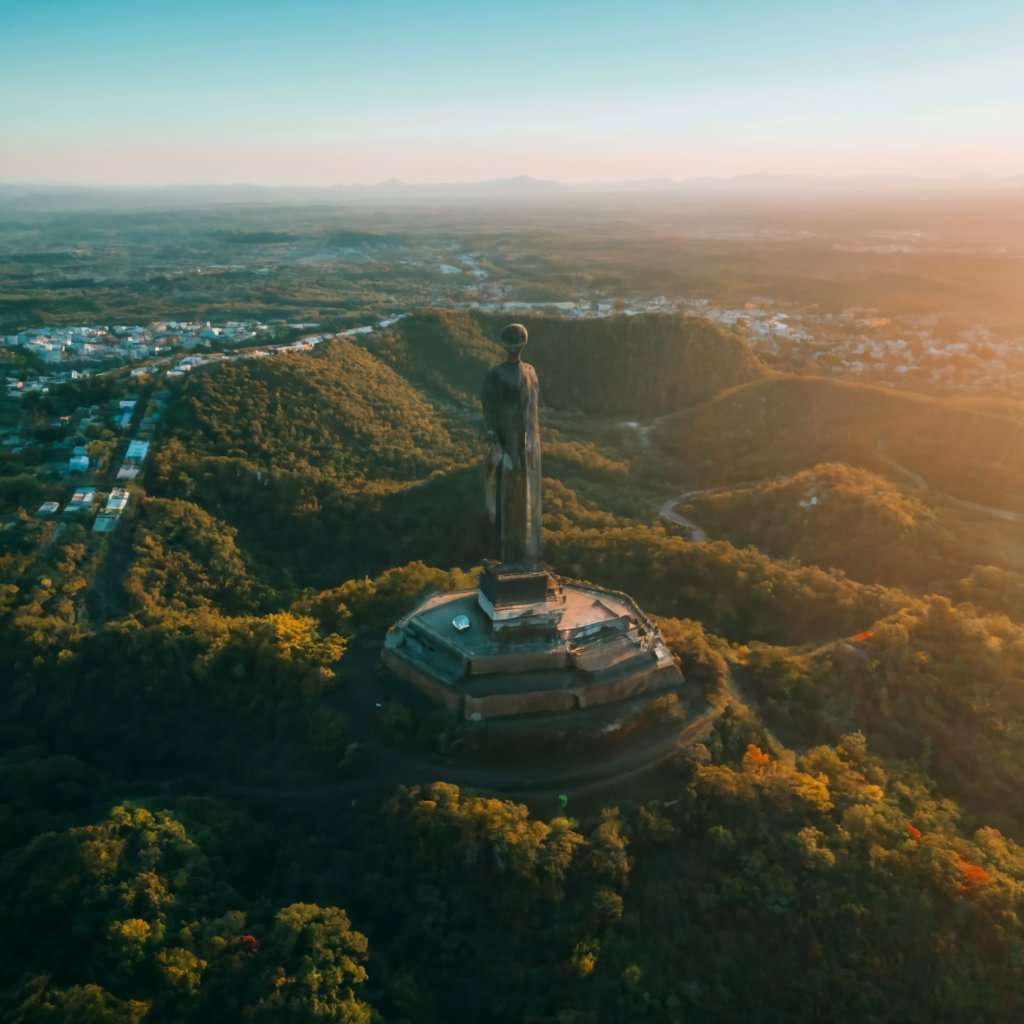What are Dead Points, and where did its name come from?
Deadpoint means a particular climbing procedure that allows all climbers to move through a rock wall and stretch for a new hold even when the gravity wants to pull them down.
Deadpoint is unique. Do you know why?
It is considered the point of no return or no reverse.
To execute a dead point, climbers used to find out a position if they, by chance, lose their footing to avoid a quick fall. Here the entire gravity force pulls the climber’s body down and makes the process challenging to continue the proper holding posture.
Some climbers prefer the dead point because they can toss an object into the air. When the object reaches its highest point just before fall, climbers assume that point is the object’s dead point.
From that example, you may get an idea about the dead point and its significance.
Some people may think that if a person does not get into its heist point ( or dead point), they are unable to survive for the long term in the wild.
That’s why we would always suggest you, if you’re practicing climbing at your gym or climbing training center, practice the dead point first to accomplish the terrible climbing journey.

When do you use a Deadpoint?
If we explain it technically, a dead point is made when a climber is at a condition or position where it would become too difficult to access the adjacent hold or keep on the existence at that condition. The situation is so critical that one can fall if he takes a small move.
At this very crucial condition, climbers must push their bodies hard to overcome the stress of gravity. They have to reach the next hold in all-or-nothing dynamic hip movement.
How to deadpoint?
Deadpointing is a very essential yet difficult-to-master process, even for expert climbers. But Here we explain how to use deadpoint efficiently. When you learn the process efficiently, you don’t feel the dead point much more difficult. It is essential to push your limits and touch new heights, which eventually enhance the climber’s confidence in climbing. Training for dead points depends on the position, but you must place your feet firmly at the wall.
- Feet are our point of stability from where you’re generating force. If one of your feet get slips while increasing the momentum of movements, you will instantly fall off the wall.
- It would help if you had firm feet to get stuck on the wall while and after the dynamic movement to skip the chance of falling off, as it being unable to hold on the balance throughout the swing or sudden drift of center of gravity.
Pull your hips inward.
The main objective of a dead point is to produce enough momentum to meet the upcoming hold without complication. In a constricted condition, there is nothing to achieve a particular thing. However, let’s move our hips in the forward direction. You will generate some momentum in both of your directions, such as forward to push you and keep you closer to the wall, while the movement and an upward direction bring you near the hold where you think it is difficult to reach statistically.
Get up for the next hold.
Choose a small period of time while your hips and feet produce some momentum with a certain level of weightlessness. Get out from the hold and grab it at the point where gravity would start bringing you down. Push your body up to eliminate the impact of gravity as much as possible; please avoid recoiling.
It is crucial to understand that this and the previous steps should be done at the same instance, Not one after another. Both of these steps are interdependent. When you move your hips in an inward direction, you should do it to reach the next hold. Therefore, you move your hips to reach the next hold without much difficulty.
Check out your timing as well.
We want to get to the point precisely in the time of complete weightlessness and not the moment we’re still moving upwards, and when it’s already heading back, downtime is of absolute significance. If you fail to join the previous steps in one precise and fluid motion, you could be too far and miss this hold. This makes it difficult and more challenging to reach when you descend or even be able to reach it at all. Therefore, timing is important. In this video, you can clearly see the steps that preceded it in motion. These oxymoronic movements require one area in the body remain stationary while another part moves with precision. Sounds easy? They’re more straightforward to do than say. Dead pointing is a form of movement that is derived from the hips followed by hands instead of the feet. When done from a position with full extension, dead pointing lets climbers gain their grip while climbing to the top of a mountain. Those who are new to rock climbing, For instance, would typically struggle to attempt and successfully execute this challenging move. It’s good that they don’t require to. Dead pointing is only necessary when the climb is difficult and requires the complete extension of the climber.
To cross the dead point, you must have a strong grip. Use?the best hand grip strengthener?available on the market.









